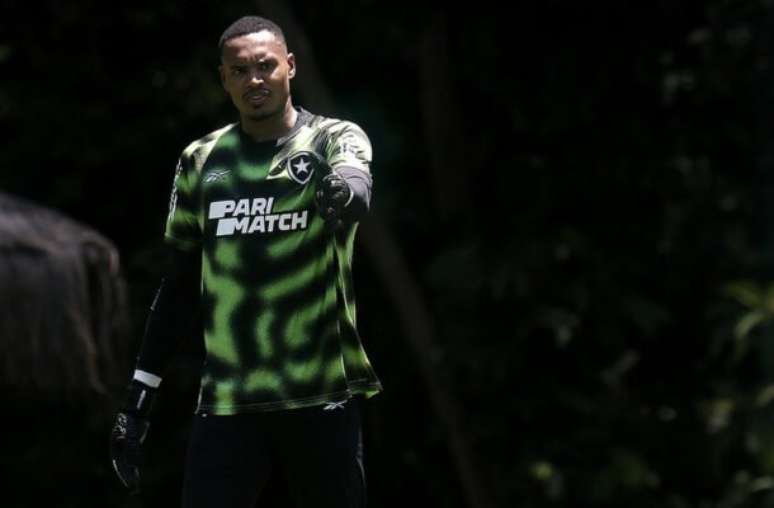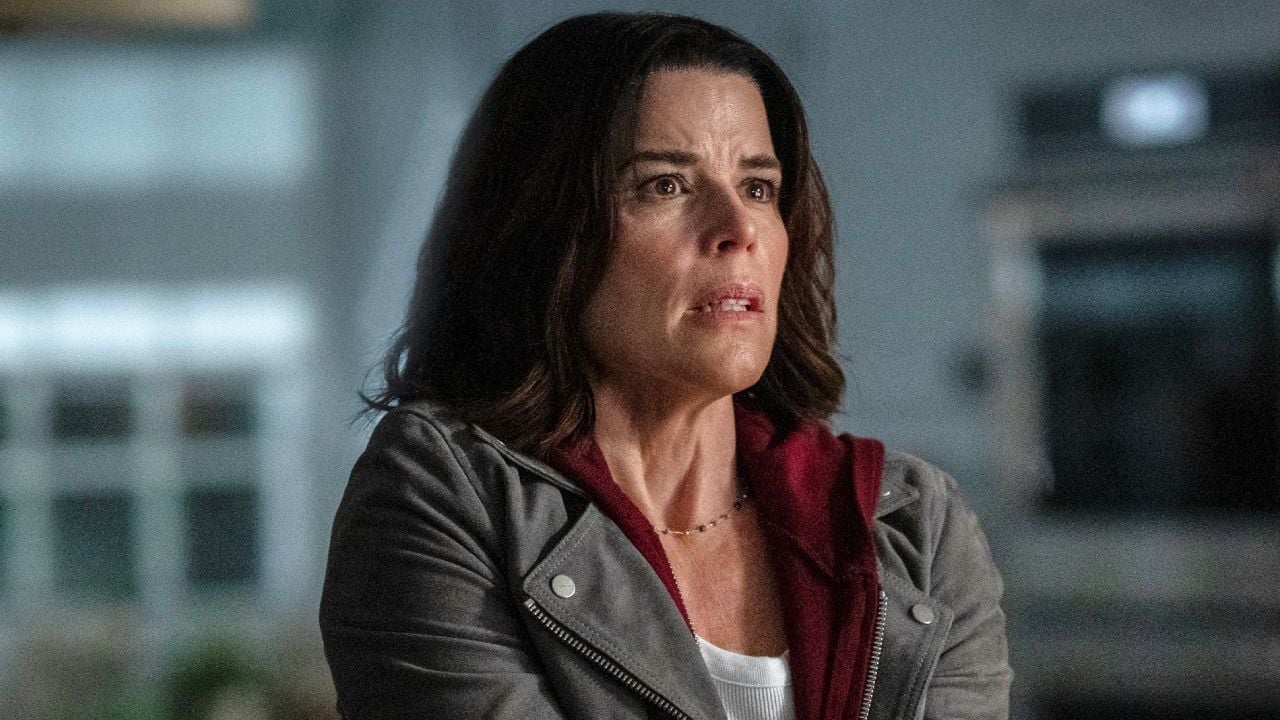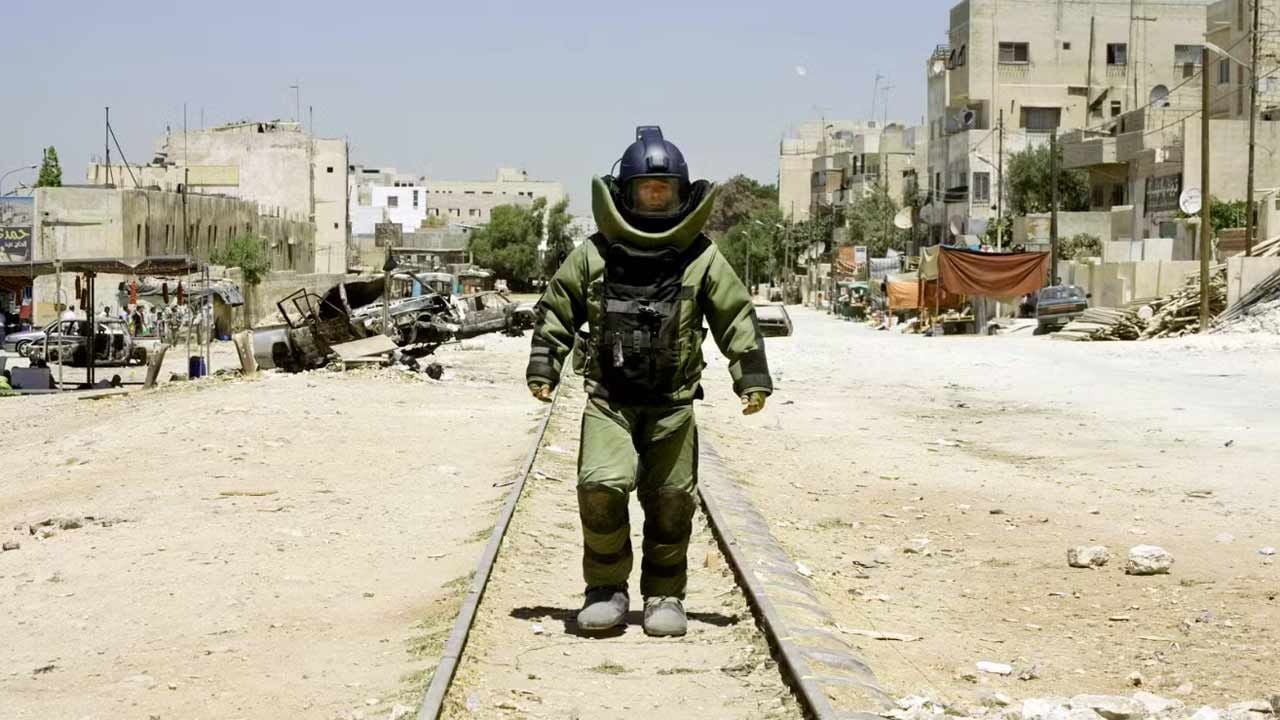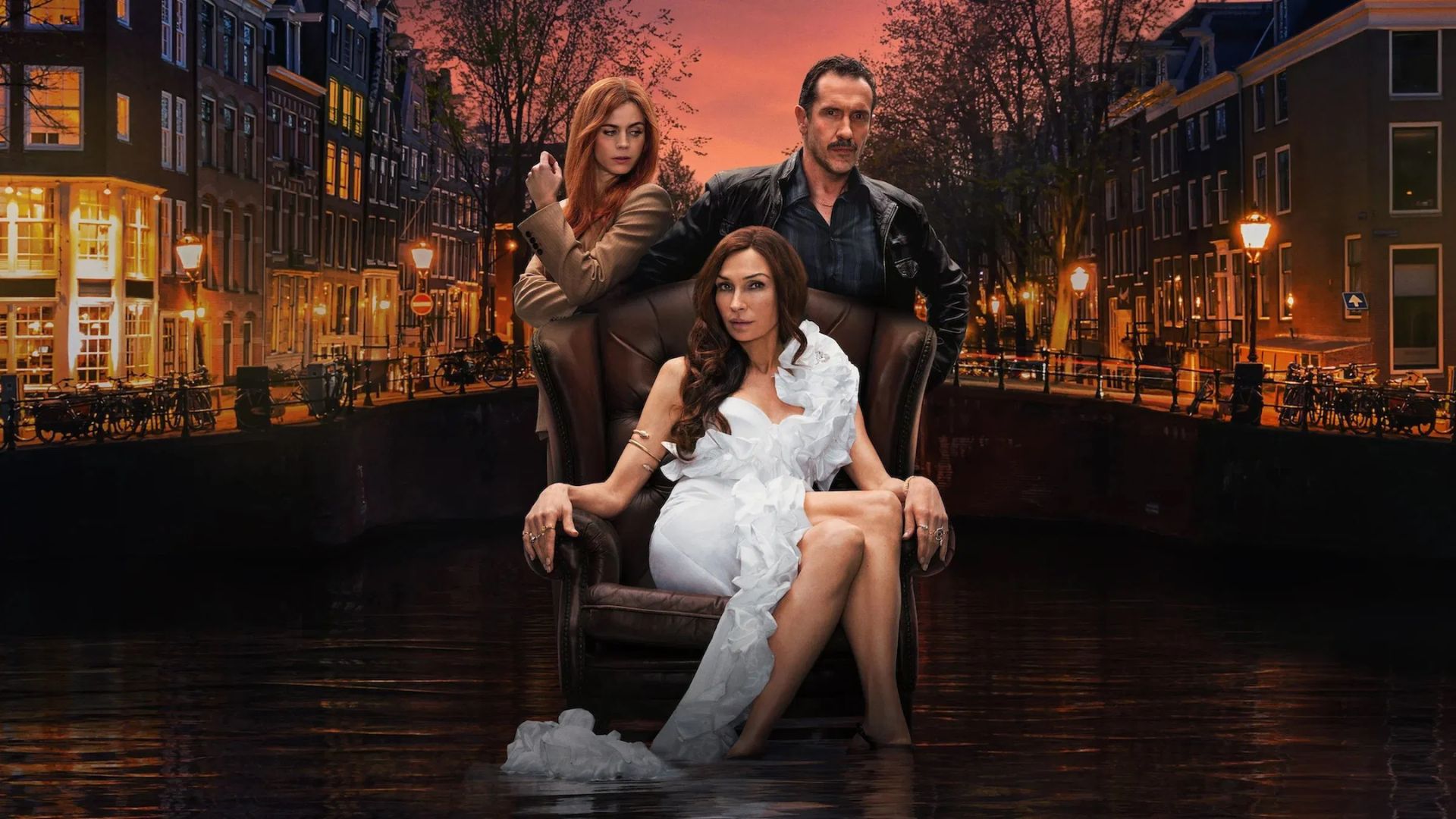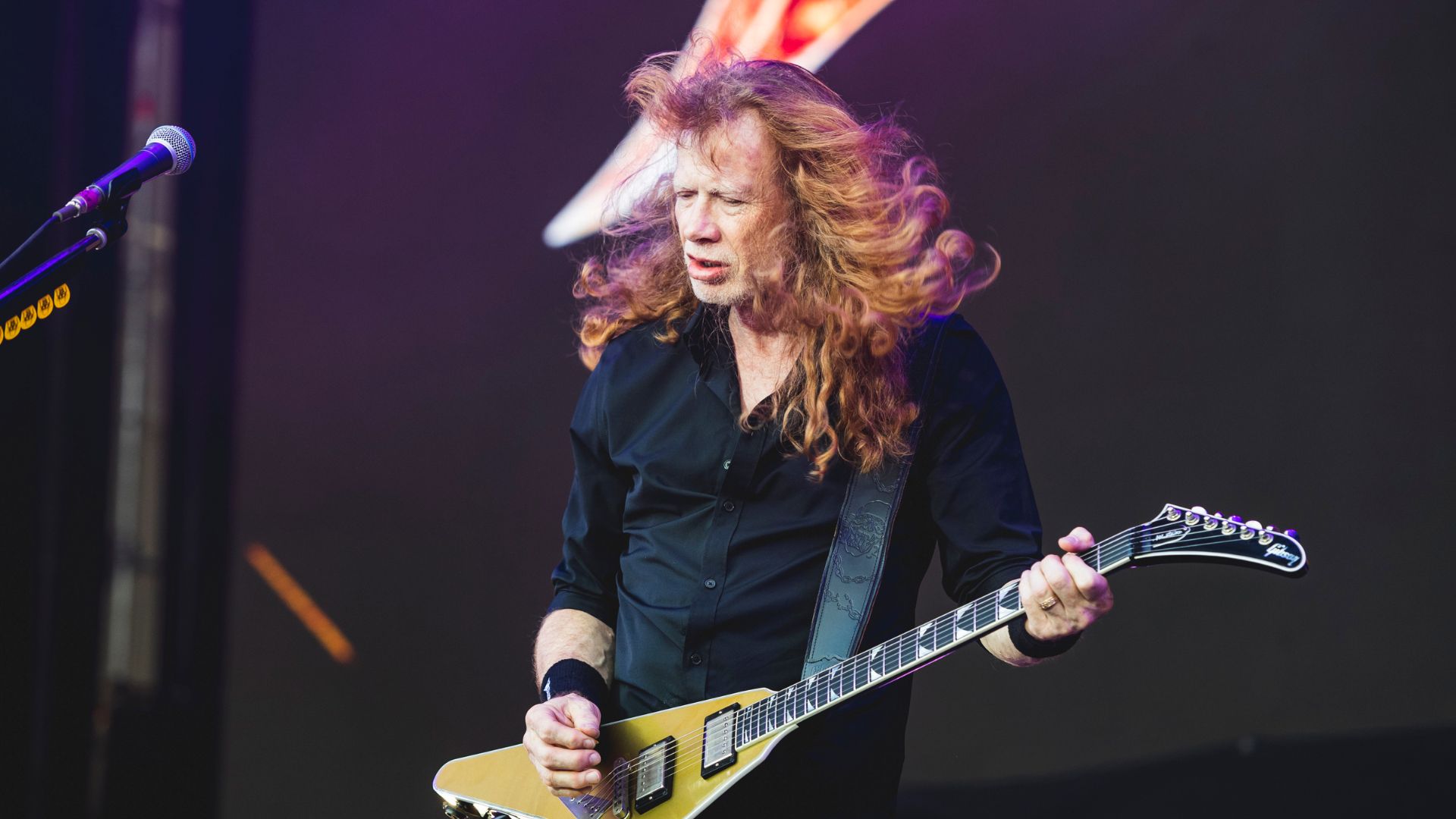After Manga, Wagner, Jefferson and his companions, the goalkeeper should make his debut this Saturday with Botafogo and maintains resistance to racism in the position
One of the biggest stains on Brazilian football is the support for veiled racism against goalkeepers. And Botafogo, after all, is one of the rare clubs that plays against the grain and continues to invest in black players for the role. John is the star of the moment and should make his debut this Saturday, against Sampaio Corrêa, at 4pm, at the Nilton Santos Stadium. Before him came names that became idols, such as Manga, Wagner and Jefferson.
The Glorioso’s list, however, is much longer: it includes Max (starter in Série B in 2003), Renan (played more than 100 matches until 2011), Diego Loureiro (highlighted in 2021 and still under contract) , in addition to so many others who did not establish themselves among the professionals, such as Saulo, Luís Guilherme and Andrey. It may seem small, compared to the high number of black athletes (over 50% of the total), but there are clubs that practically do not have a number 1 of this ethnicity in their history or have not brought any forward.
In his presentation, John, revealed by Santos, said he would like to meet Jefferson, Botafogo’s greatest icon between the posts and one of the most important voices in the fight against the crime of racism in football, before and after his retirement.
“I haven’t had contact with him (Jefferson), but I really want him. I hope he gets this opportunity. I followed his career when he was younger. He’s a goalkeeper who had a great story here at Botafogo, I want to be able to do the same “, he said.
Racism removed Jefferson from the national team
In the final stretch of his career, Jefferson revealed he had experienced racism on the national team. Hoping to be called up for an Under-20 competition, the goalkeeper, then at Cruzeiro, was frustrated by his absence from the report. Subsequently, he received a phone call saying that “the person who blocked the black doormen has left CBF” and that he might be recalled.
“I heard it firsthand. I used to say that while people had to kill one lion, I had to kill two, three a day to really stand out and show my talent. That’s what we hear firsthand and not just in sports. We see the difficulty there every day, we see talented people of color, people of color who have excellent professionalism, but, when it comes to choosing, unfortunately prejudice and racism enter and end up taking away opportunities from these people” , Jefferson said. , Years ago.
Police case with Spider
Peixe, John’s former club, also has an important moment in this battle. After all, in 2014, goalkeeper Aranha interrupted the match against Grêmio to report a woman who called him a monkey and made gestures about the color of her skin. The episode had national resonance, ended up with the police and caused great distress to the goalkeeper himself, who said he suffered afterwards.
There are many similar cases with players of all positions going public every week. Including the children of the base. Recently, Vasco midfielder Lucas Eduardo reported having suffered incidents of racism after the team’s elimination in Copinha, inside Sao Paulo. As if the gesture wasn’t enough, the man also threw a bottle in his direction.
The Rio club therefore acted quickly and awarded the young player the Pai Santana medal, as a form of support and to strengthen his fight against discrimination in sport, a milestone that exceeds 100 years in São Januário. After all, in 1924, the club sent a letter to the Federation and its rivals, known as the “Historic Response”, in which it reiterated that it would not give up on using its black players. At the time, among other things, only white men were allowed in Rio football, in an openly elitist and racist era.
The Curse of Barbosa in 1950
Once this phase was partially overcome, the social discussion resumed when Barbosa failed to score the decisive goal in the 1950 World Cup final, against Uruguay, at the Maracanã. From then on, the phrases “black goalie is bad luck” and “black goalie is no good” were repeated several times in the media and by the public. This appears to have been taken literally after all, after the goalkeeper of Vasco, Manga, Botafogo and Internacional, was also heavily criticized in the Seleção in the 1960s, despite being a substitute at the 1966 World Cup.
“In Brazil the maximum sentence is 30 years, but I paid 40 years ago for a crime I didn’t commit”, declared Barbosa in the 1990s.
After him, almost forty years later, a black player returned to wear Canarinho’s number 1 shirt, with Dida. Soon after the former AC Milan and Corinthians goalkeeper, Jefferson inherited this place and shone while becoming an idol of Botafogo (he played 445 games). However, he lost space compared to his competitors and did not enter the field at the 2010 World Cup. In 2014 he was excluded from the list.
The (few) black goalkeepers of the last decades:
- Helton, revealed by Vasco in 1999 and then highlighted at Porto
- Gomes, revealed by Cruzeiro and holder of the 2003 Brasileirão title
- Bruno, revealed by Atlético-MG and Brazilian champion with Flamengo in 2009
- Aranha, unveiled by Ponte Preta and highlighted by Santos between 2012 and 2015
- Jaílson, revealed by Campinense and holder of Palmeiras in three titles
- Everson, revealed by and owner of Santos and, today, Atlético-MG
In addition to these names, there are others who have had space, but have not established themselves in their respective clubs and have remained the subject of criticism, such as Diogo Silva (Vasco), Sidão (San Paolo and Vasco) and Hugo (Flamengo).
John, for Santos and now for Botafogo, wants to change this story.
Follow Jogada10 on social media: Twitter, Instagram AND Facebook.
Source: Terra
Rose James is a Gossipify movie and series reviewer known for her in-depth analysis and unique perspective on the latest releases. With a background in film studies, she provides engaging and informative reviews, and keeps readers up to date with industry trends and emerging talents.

